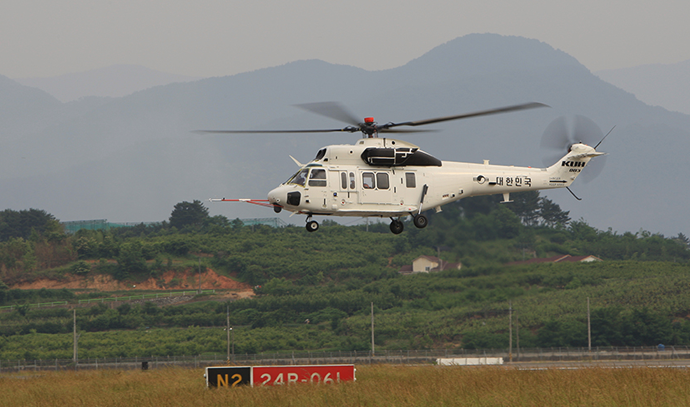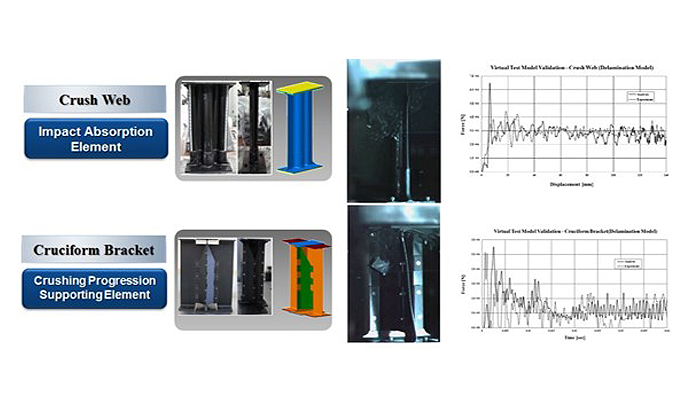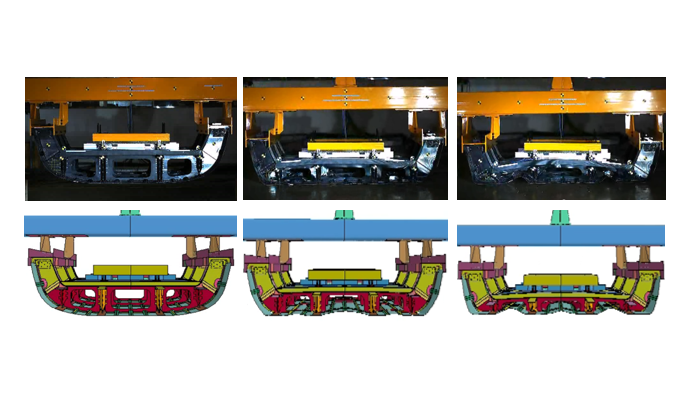

KARI has actively pursued the localization of core technologies required for domestic helicopter development, including anti-torque systems, next-generation rotor systems, bearingless rotor hubs, and coaxial counter-rotating rotor systems.
Since the 1990s, KARI has conducted core technology research on multipurpose rotorcraft, analyzing domestic and international helicopter R&D trends and requirements while also designing basic rotorcraft and establishing a General Small Scaled Rotor Test System (GSRTS) for scaled testing. These core technologies have been applied extensively in follow-up R&D efforts, including the development of the Surion utility helicopter and the Light Armed Helicopter (LAH)/Light Civil Helicopter (LCH) programs.
The core rotorcraft research project has included: analysis of global helicopter design trends and manufacturing technologies; definition of design requirements for multipurpose rotorcraft; conceptual and preliminary design; classification of rotorcraft technologies and test infrastructure; airworthiness standards analysis; model fabrication and wind tunnel testing; research on composite rotor blade design, simulation, manufacturing, and testing; and the development and operation of a scaled rotor test facility.
In 2020, KARI began developing the design and manufacturing technologies for coaxial counter-rotating main rotor systems capable of high-speed flight as part of a core technology initiative to meet the Republic of Korea Army’s need for high-speed medium-lift utility helicopters. This work includes high-efficiency rotor blade shape design, high-stiffness blade structural design, low-drag hub and control system design, scaled rotor system design and fabrication, and performance measurement through wind tunnel testing.
Crashworthiness technology for helicopters is a key enabler for enhancing passenger safety and strengthening industrial competitiveness in next-generation vertical takeoff and landing (VTOL) aircraft, such as electric VTOL (eVTOL) and high-speed rotorcraft.
KARI is developing design and analysis technologies to improve the crashworthiness performance of composite airframes, as well as evaluation techniques for testing crash behavior in future VTOL aircraft. In addition, KARI is working with Korea Aerospace Industries (KAI) to develop active vibration control software using Higher Harmonic Control (HHC) techniques to reduce vibration characteristics in domestically developed medium-lift helicopters currently in operation.









